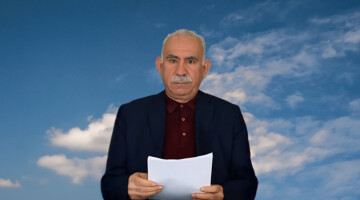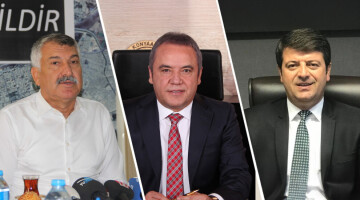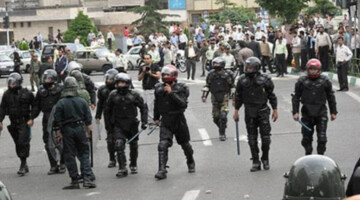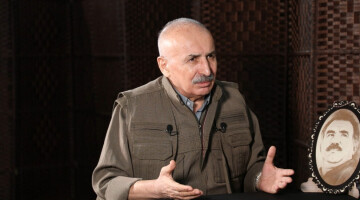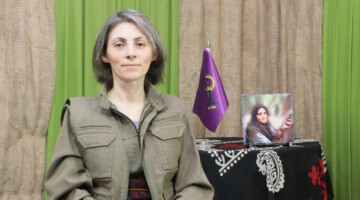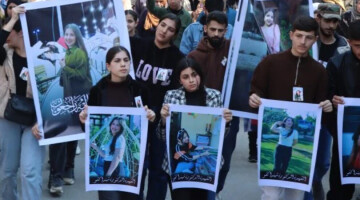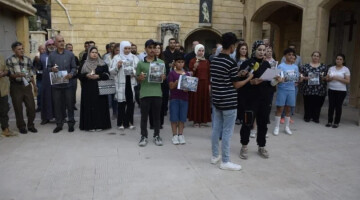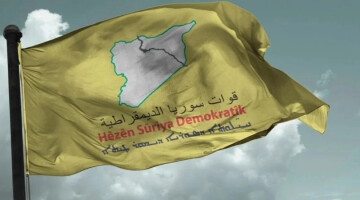The district of Ain Issa is located in a key position on the Syrian east-west connecting road M4 and at the junction of the roads to Raqqa and Kobanê. An occupation of Ain Issa could effectively separate the self-governing region of Cizîrê and Kobanê. For this reason, the Turkish state has been doing everything in its power to capture the city for four months. Although a ceasefire negotiated with Russia prohibits attacks by Turkey, the ceasefire is systematically broken by Turkey with Russian approval. With its airspace under the control of the international anti-ISIS coalition, the Turkish army is unable to exploit its air superiority at the moment and relies on ground forces, especially mercenaries. The Syrian Democratic Forces (SDF) hold the front and defend the self-governing county. Attacks are concentrated in particular on the villages of Seyda and Muelek. They are shelled virtually permanently with artillery fire and rockets.
Three ground attacks in two days
On March 16 and 17 alone, there were at least three attempts by ground forces to advance into the two villages, according to SDF reports. All attacks were repelled, at least three mercenaries from the so-called Syrian National Army (SNA) were killed, and three military vehicles were destroyed.
Bases are fortified and the most modern radar systems are used
After the ground attack, artillery fire began on the villages of Zêda, Muelek, Şadada. Seyda and the surroundings of Ain Issa were shelled massively. The Turkish state uses state-of-the-art radar systems and surveillance cameras in the targeted attacks. Its military bases around Ain-Issa, 32 kilometers away in Syrian territory, have been massively reinforced and technically upgraded. The attacks are especially very dangerous for the civilian population living there.
Due to the artillery attacks of the Turkish army, three minors have lost their lives. This brings the number of people killed by artillery attacks in the last four months to 9, while 16 people were injured. The Girê Spî Canton Council reported that the Turkish state intended to destroy six villages with its attacks. As a result, many people have left the region and are now living in a refugee camp near Til Semen in the south of Ain Issa; some have even fled as far as Raqqa.



